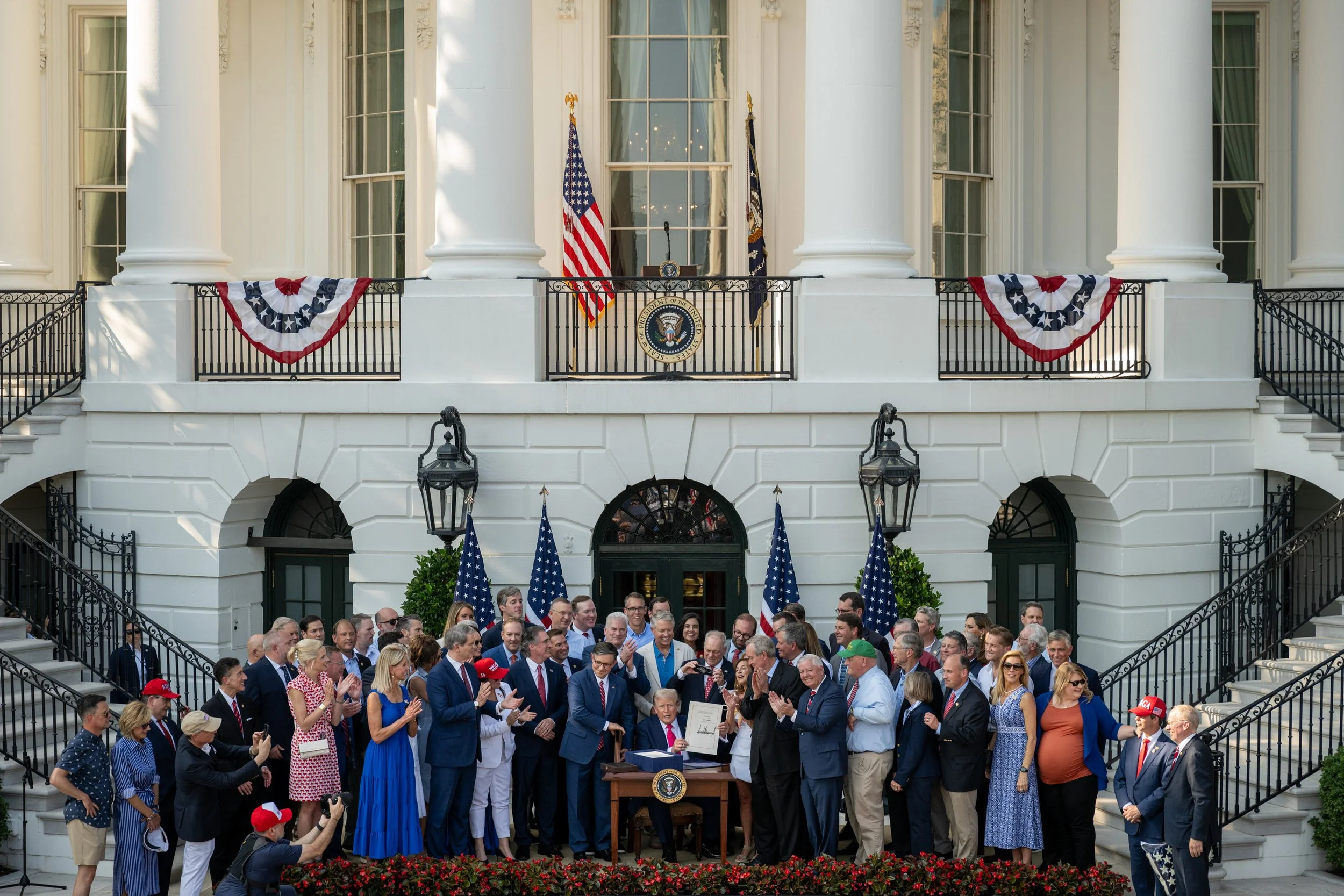Commentary: A Lesser-Known Provision in Trump’s One Big Beautiful Bill Could Help Bridge the Gap Between Postsecondary Education and Workforce Readiness
President Trump signing the Big Beautiful Bill (Photo by the White House)
Earlier this month, President Trump signed into law the One Big Beautiful Bill, a nearly one-thousand-page budget reconciliation package aimed at funding many of the administration’s priorities iterated on the campaign trail last year.
An omnibus bill, the legislation bundles together fiscally significant items from other bills into one package for the purpose of efficiency and to facilitate legislative compromise.
Bills of this size and scope are frequently subject to criticism on both sides of the aisle, and traditional media tends to fixate on the most controversial provisions, while ignoring the wins of well-crafted, common-sense policies.
Workforce Pell Grants Provide a Solution to a Decades-Long Problem
Good public policy starts with identifying a problem and determining if and how government can provide a remedy. Workforce Pell Grants do both and could be an important piece to a decades-long puzzle in education—how can we ensure postsecondary students are prepared for meaningful and productive workforce participation?
Buried deep in the bill, this provision will expand Pell Grant eligibility to students pursuing nondegree credentials. Prior to its passage, Pell Grants could only be used for programs that met 600 clock hours and a fifteen-week duration threshold.
While the initial inception of the program undoubtedly made higher education more accessible to countless students, the thresholds tended to steer more applicants towards traditional two and four-year higher education programs, with fewer students pursuing in-demand industry credentials.
This legislation correctly identified the problem—the pipeline between higher education and the workforce is imperfect, and low-income students are often left with limited options in pursuing post-secondary education.
The proposed remedy makes sense as well. Take a proven and successful program, like Pell, and update it to meet the current need.
Incentivizing Programs that Work
Perhaps the most impactful components of the program’s expansion lie in its details. Not all postsecondary credentials are created equal, so it includes a framework to incentivize high-quality programs that will translate to measurable outcomes in earnings and job outlook.
Metrics for assessing credentials include preparation for high-skill, high-wage, in-demand industries. Further, the legislation indicates a preference for stackability in credentials, opening more opportunities for continuing education and career growth to grant recipients.
Additionally, while students already possessing a bachelor’s degree were not eligible under the original Pell Grant, the Workforce Pell will be available in this case if the student has not already obtained a graduate credential.
The legislation is certainly not perfect—award amounts may not always cover the full cost of a credential, and the target implementation timeline of July 2026 may not be met—but it is a move in the right direction and could create new opportunities for thousands of students.
Steven Bergman serves as Assistant Director of Government Relations for Tennesseans for Student Success. The Tennessee Firefly is a project of and supported by Tennesseans for Student Success.


